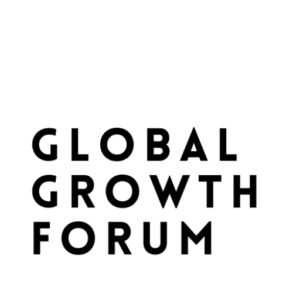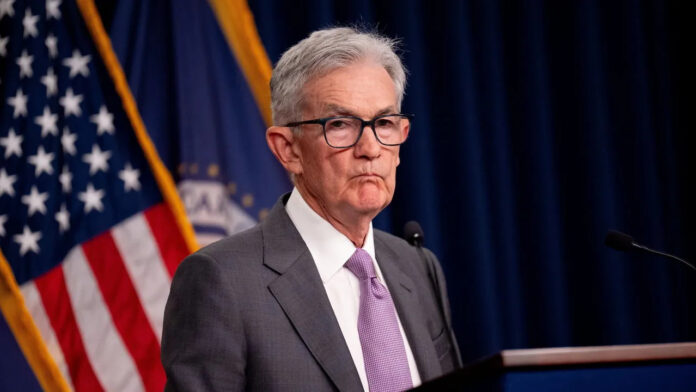From early 2022 to mid-2023, the U.S. Federal Reserve implemented its most aggressive rate hike cycle since the early 1980s, raising the policy interest rate from near-zero levels of 0-0.25% to a range of 5-5.25%. This dramatic shift was aimed at curbing the high inflation rates that had surged following the COVID-19 pandemic. Now, as the Federal Reserve’s next meeting on September 17th and 18th approaches, expectations are shifting. Market analysts predict that the Fed may soon begin reducing rates, potentially with a substantial 0.5-percentage-point cut, due to cooling economic indicators.
Despite this anticipated easing, many American companies may find themselves facing unexpectedly higher borrowing costs. A combination of factors—including existing corporate debt levels, tightening credit markets, and economic uncertainties—suggest that the cost of borrowing for businesses could rise, even as the Fed adjusts its monetary policy.
The Federal Reserve’s Shift in Policy
The Federal Reserve’s recent rate hikes were primarily designed to address the inflation that spiked in the wake of the pandemic. The intention was to slow down economic activity to ease price pressures. As inflation has shown signs of moderating, with more favorable economic data emerging, the Fed is contemplating shifting to a more accommodative policy stance. This has led to speculation that the Fed might cut rates as early as September, possibly by a notable margin of 0.5 percentage points.
However, even as the central bank prepares to ease its policy, the implications for corporate borrowing costs are complex. The anticipated rate cuts may not translate into lower costs for all businesses due to several underlying factors.
High Corporate Debt Levels
One significant factor contributing to higher borrowing costs is the substantial amount of corporate debt accumulated during the era of low interest rates. Over the past decade, companies have issued large volumes of debt, taking advantage of historically low borrowing costs. By late 2021, U.S. corporate debt had surged to approximately $11 trillion, up from around $6 trillion a decade earlier. Much of this debt was used for stock buybacks, acquisitions, and dividends rather than productive investments.
As the Fed increased rates, companies began to feel the impact, particularly those with floating-rate debt or bonds coming due. Although the Fed’s expected rate cuts might reduce costs for new debt, the existing debt—especially long-term bonds and loans that were issued at lower rates—will continue to be a burden. This persistent high debt load will likely keep borrowing costs elevated for many firms.
Tighter Credit Conditions
Another factor contributing to higher borrowing costs is the tightening of credit conditions. Following the Fed’s aggressive rate hikes, banks and other lenders have become more cautious. This tightening is especially evident in the high-yield bond market, where companies with lower credit ratings often borrow.
Even if the Fed cuts rates, access to credit for riskier companies may remain limited. Investors, wary of economic uncertainty and the potential for rising defaults, have become more risk-averse. As a result, they demand higher yields for lending to companies with weaker credit profiles, leading to higher borrowing costs.
The Maturity Wall
A pressing issue for many businesses is the “maturity wall” of debt that will need refinancing in the coming years. By the end of 2024, nearly $1 trillion in corporate bonds are set to mature, with an additional $1.5 trillion due by 2025. Many of these bonds, issued during the low-interest-rate period, will need to be refinanced at higher rates.
For companies with strong cash flows and solid balance sheets, refinancing may not pose a significant challenge. However, firms with high levels of debt or declining revenues could struggle. Rising interest rates on refinancing could lead to financial strain, potentially forcing companies to cut back on investments or reduce dividends to manage their debt.
Inflation and Profit Margins
Although inflation has moderated, it remains above the Federal Reserve’s target. Companies continue to face rising costs for labor and materials, which pressure profit margins. Persistent inflationary pressures can lead to higher risk premiums for investors, who demand greater compensation for lending to companies facing squeezed margins.
If companies are unable to pass on higher costs to consumers, their profitability could suffer, increasing the likelihood of default or credit downgrades. Higher risk premiums and wider credit spreads may drive up borrowing costs, offsetting the benefits of lower short-term interest rates.
Geopolitical Risks and Market Volatility
Geopolitical uncertainties, such as the ongoing conflict in Ukraine, tensions between major economies like the U.S. and China, and instability in emerging markets, also contribute to higher borrowing costs. Increased market volatility and risk aversion among investors have led to higher yields on corporate bonds.
In times of geopolitical tension and economic uncertainty, investors often seek safer assets, such as government securities, resulting in higher borrowing costs for riskier assets like corporate bonds. Companies with weaker credit profiles are particularly affected, facing higher costs as investors demand increased compensation for risk.
Navigating Higher Borrowing Costs
As the Federal Reserve considers easing its monetary policy, America’s companies face a paradox. Despite potential rate cuts, various factors—including high levels of corporate debt, tightening credit conditions, the looming maturity wall, ongoing inflationary pressures, and geopolitical risks—point to higher borrowing costs.
Companies with robust balance sheets and strong financial positions may navigate these challenges more effectively, but those with significant debt or weaker financial health could face increased financial strain. For many businesses, the anticipated easing in monetary policy may not fully mitigate the rising costs of borrowing, underscoring the complex dynamics of the current economic environment.
Disclaimer: The thoughts and opinions stated in this article are solely those of the author and do not necessarily reflect the views or positions of any entities represented and we recommend referring to more recent and reliable sources for up-to-date information.



